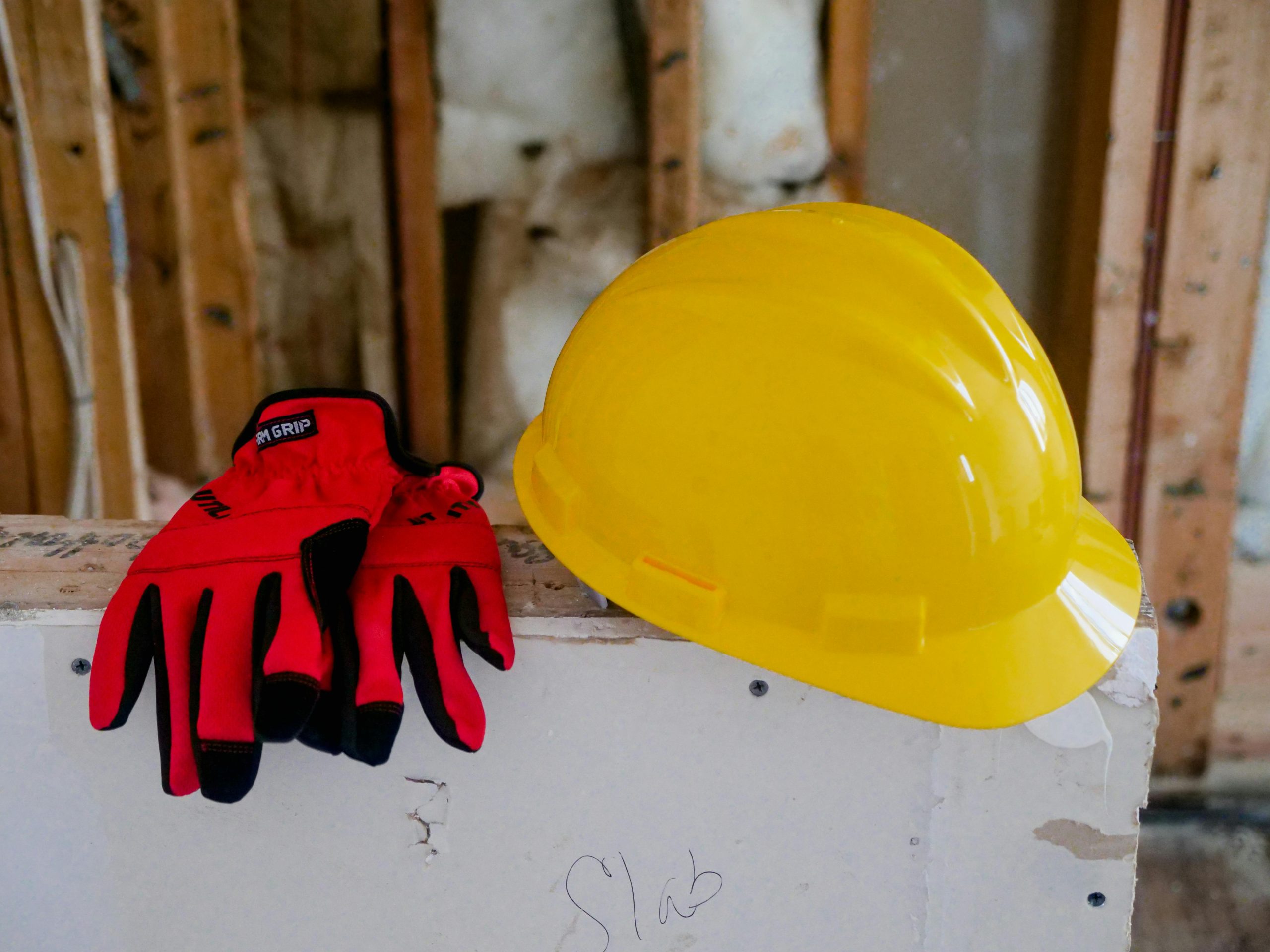Choosing the right safety equipment supplier impacts more than budgets—it affects workplace safety and compliance. Prioritise suppliers offering certified, high-quality products, tailored solutions, and reliable delivery. Evaluate their industry expertise, customer support, and additional services like training to ensure you partner with a provider that safeguards your team and your operations effectively.
Essential criteria for selecting a reliable safety equipment supplier
To guarantee the right match between supplier and workplace hazard needs, strong alignment with the PPE risk assessment checklist is indispensable. Start by verifying that the provider tailors personal protective equipment sourcing to the actual on-site environment generic solutions may miss subtle but vital risks in specific industries. Safety gear vendor evaluation should give significant weight to suppliers that support customisation for unusual hazards, or scale with changing project needs.
Topic to read : How Can Emerging UK Businesses Thrive in a Post-Brexit Economy?
Assess industrial safety supplier review information and user feedback to verify reliability and delivery performance. Consistency in stock availability and responsive support is key, as any delay can directly impact operational safety. Favour suppliers with a recognised record for rapid, accurate deliveries and trustworthy aftercare.
Finally, confirming adherence to established standards like BSIF, ISO, ANSI, UKCA, or CE is critical for effective safety equipment quality assessment. Only select providers whose products bear the required marks and who openly present compliance documentation this protects employees, streamlines audits, and ensures lasting legal peace of mind.
Topic to read : How Can Emerging Policies Shape the Future of UK Business?
Comprehensive evaluation of safety equipment vendors
Choosing a safety equipment supplier begins with confirming that vendors can adapt solutions to your requirements. Look for a comprehensive product range and compatibility with your current safety systems. Suppliers should offer tailored packages, avoiding surplus purchases and ensuring any gear meets the exact hazards of your site. A robust inventory and wide distribution help prevent logistical obstacles, especially when demand spikes.
Quality assurance is non-negotiable. Request evidence of certifications—such as ISO, CE, or UKCA marks—and evaluate a supplier’s compliance with all legal safety standards. Scrutinize their safety record and industry expertise. Suppliers should provide details of rigorous product testing and offer documentation on regulatory alignment, ensuring that all personal protective equipment (PPE) is safe and durable.
Assess after-sales support and communication. The best suppliers prioritize customer needs by offering warranties, ongoing technical support, and staff training. Effective dialogue throughout the procurement and usage cycle minimizes errors and ensures swift problem-solving. Long-term partnerships thrive when suppliers deliver consistent guidance, compliance updates, and responsive service—even as regulations or workplace risks evolve.
Strategic partnerships and long-term value in supplier selection
Building long-term partnerships for safety and operational continuity
Effective safety equipment supplier partnerships hinge on reliability, expertise, and tailored solutions. Evaluate vendors by their proven track record in responding swiftly during urgent situations, and assess whether they support ongoing workplace safety through site assessments, training, and customized recommendations. Suppliers demonstrating a deep understanding of your risk landscape, plus transparent certifications—such as BSIF or ISO—build lasting trust.
Negotiating transparent contract terms: pricing, delivery, and risk management
Prioritize contracts that detail year-round pricing transparency, clear delivery schedules, and protocols for shortage mitigation. Clarify maintenance, returns, and warranty terms up front for all personal protective equipment (PPE). Assess safety guarantees and liability protection secured through robust compliance with safety regulations, and ensure the provider’s documentation matches both your budget and risk management strategy. Flexible agreements support scaling during high-demand phases.
Monitoring market trends, sustainability initiatives, and innovation in supplier offerings
Stay alert to changes in safety technology and sourcing trends. Track suppliers’ commitment to sustainability—such as eco-friendly PPE or recyclable materials—as well as innovations like smart wearables and digital ordering systems. Engage with vendors who align with your organization’s values and readiness to adapt, ensuring a proactive stance in meeting both existing and future safety needs.




